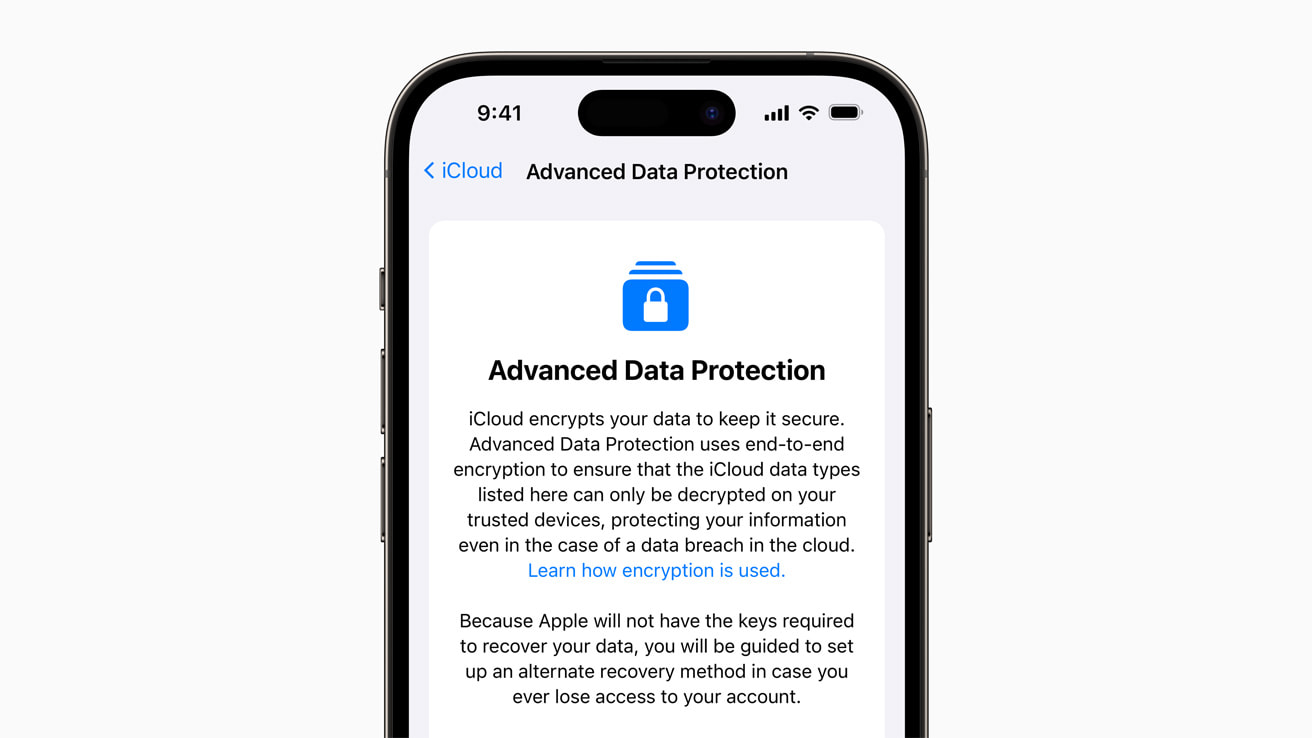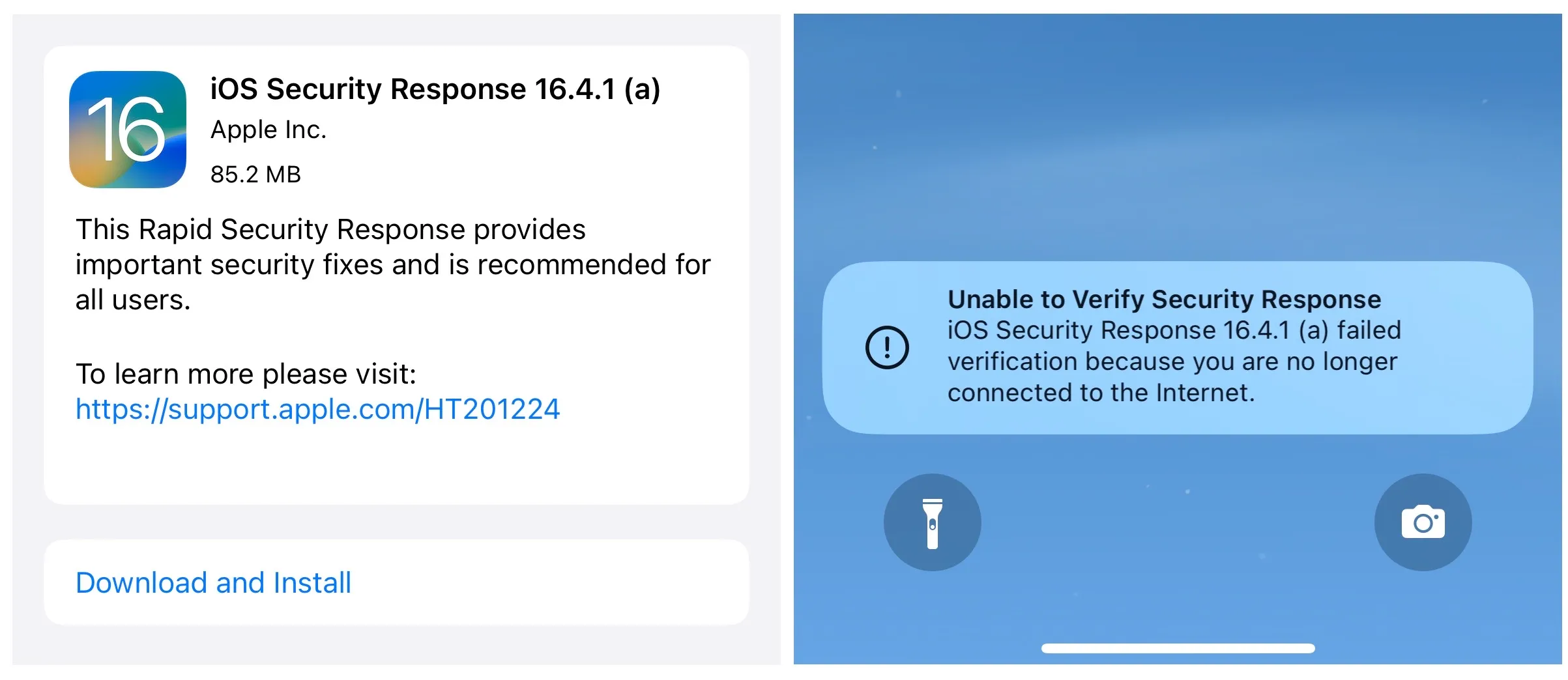In an age where digital security is of paramount importance, a startling revelation has come to light that numerous iPhones and MacBooks are affected by a security threat posing a potential risk to the personal data and privacy of users.
This article underscores the ongoing challenges in safeguarding digital devices against vulnerabilities and the complexities involved in digital security management.

iPhones and MacBooks are Affected by a Security Threat: Understanding the GDPR Implications
With the General Data Protection Regulation (GDPR) setting the benchmark for data privacy laws, the discovery of this security flaw in iPhones and MacBooks gains additional significance. GDPR emphasizes the need for robust data protection and imposes stringent requirements on organizations to safeguard user data.
In light of this revelation, the implications of GDPR come into sharper focus, highlighting the necessity for continuous vigilance and adherence to data protection standards.
Apple Silicon Security Flaw Discovered in iPhone 12 and M2 MacBook Air https://t.co/Tdohlt2QNa pic.twitter.com/NITSyUIVOM
— MacRumors.com (@MacRumors) January 17, 2024
Security Flaw: Navigating Consent and Data Usage
The General Data Protection Regulation (GDPR) provides users of the iPhone and MacBook with the opportunity to exercise their rights in response to these issues. Users are highly encouraged to do so. Individuals also can affirm their agreement to the utilization of their data for specific purposes or to express their concerns about the use of such data.
In the digital age, the necessity of obtaining permission from users has been brought to the forefront as a result of inadequate security measures. How personal information is managed and distributed through electronic devices like iPhones and MacBooks is a particularly pertinent example of this.

The Role of Cookies and Online Identifiers
This security issue also sheds light on the function of cookies and online identifiers. These tools, essential for various online interactions, store and access information on a device. While necessary for the functionality of many websites, they also pose privacy concerns, especially when personal information is involved.
Securing Digital Footprints: Measures and Challenges
Users are strongly recommended to exercise caution about their digital footprints to reduce the risks that may be posed to them. To accomplish this, it is necessary to maintain a watchful eye out for potential fraudulent behaviors, such as clicking on adverts that are not authentic, and to make certain that their gadgets and personal information are protected.
It is important to remember that the ongoing fight against digital vulnerabilities and the need to take preventative steps in digital security are both brought to light by the security weakness that was discovered in Apple products.

The Future of Digital Security and User Privacy
The revelation of such security holes highlights the necessity for continual development in digital security measures, which is becoming increasingly important as the digital landscape continues to undergo continuous change. To protect against vulnerabilities of this kind, the incorporation of the General Data Protection Regulation (GDPR), strengthened security processes, and user knowledge are the cornerstones.
It is the obligation of all users, as well as tech businesses and regulatory authorities, to work together to make the digital world a safer place for everyone.
In conclusion, the revelation of this security flaw in iPhones and MacBooks is a wake-up call for all stakeholders in the digital ecosystem. It emphasizes the need for constant vigilance, robust security measures, and adherence to privacy laws like GDPR. As we navigate this digital era, staying informed and proactive is our best defense against such vulnerabilities, ensuring our data remains safe and our digital experiences secure.









